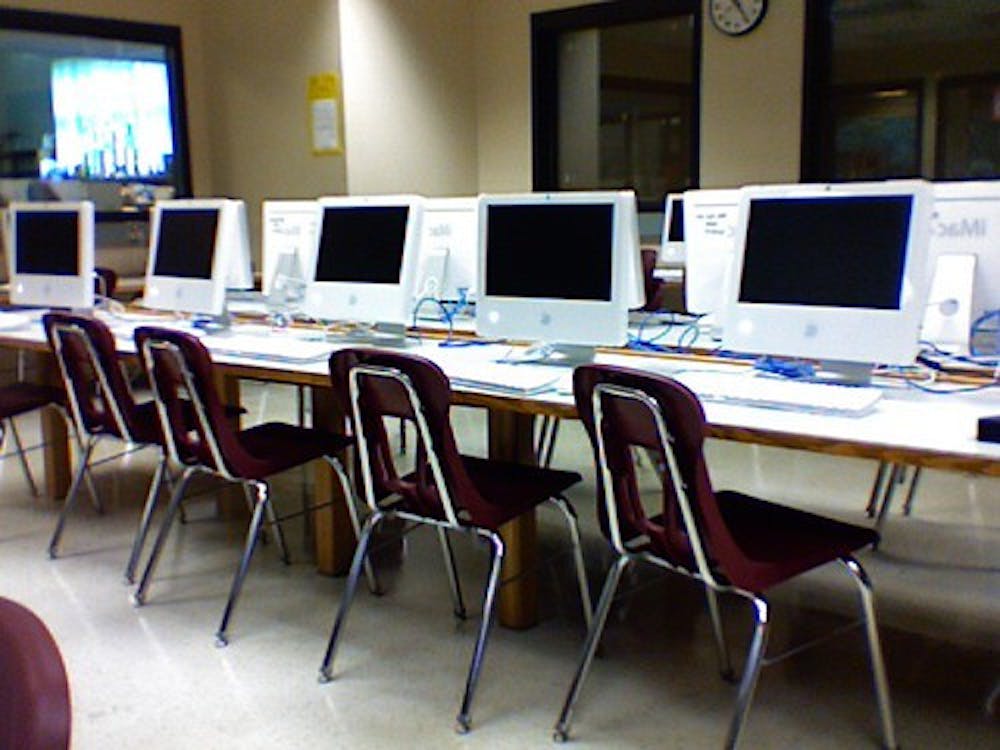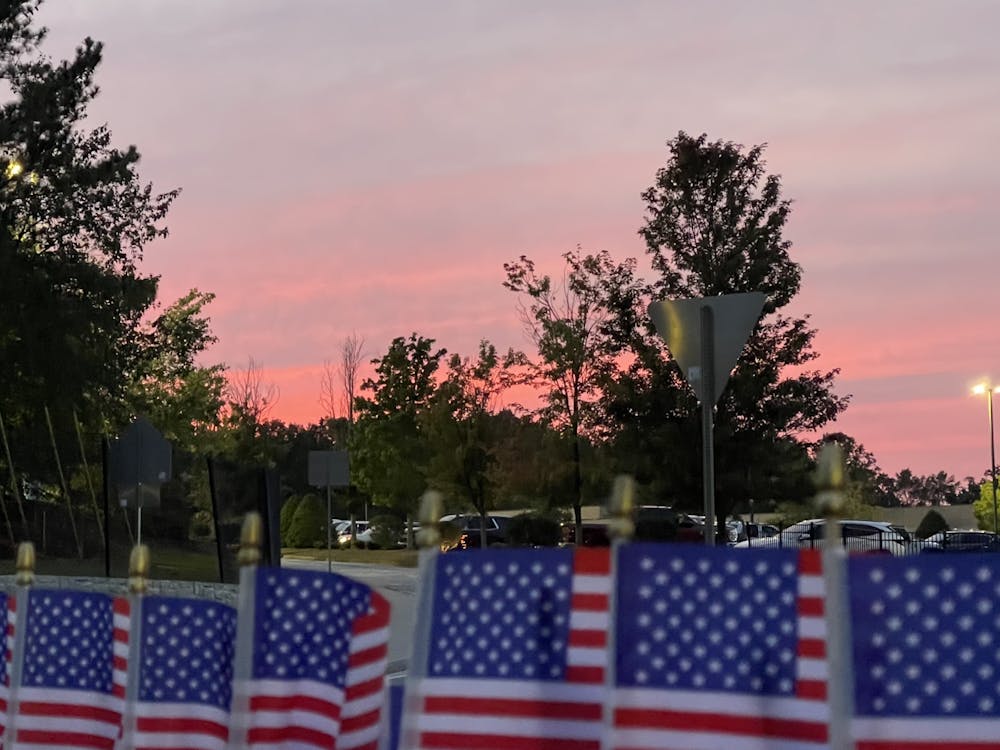The American war machine has been ratcheting up since the election of Trump. Missiles attacking a Syrian government air base, the “mother of all bombs” in Afghanistan and the expansion of Terminal High Altitude Area Defense (THAAD) on the Korean Peninsula. Underneath all these recent developments is the ever-present buzz of drones, flying under the radar.
If you were to follow that buzz back to its origin, there’s a good chance it would lead you to Hopkins, specifically the Applied Physics Laboratory (APL), about a 40-minute drive from the Homewood Campus. There, in 2012, the University unveiled new “swarming” drone technology.
A 2013 City Paper article, “Following the path of drones from Obama’s hit list to Johns Hopkins University” ends its description of drones with a chilling sentence: “Being able to ‘execute the entire kill chain’ with ‘minimal... operator workload,’ then, is the vision of Johns Hopkins University.”
In December 2016, the Hub released a glowing article praising the APL’s development of swimming surface-level drones.
There is no question that using drones as weapons is ethically problematic. Under President Obama, several wedding parties were reportedly hit after being mistaken for groups of combatants. Researchers at the New America foundation and The Bureau of Investigative Journalism have uncovered hundreds of civilian deaths caused by drones.
In 2010, Hopkins students formed the Human Rights Working Group, an organization formed to protest the development of drone technology at Hopkins. Unfortunately, as is ever the problem with on-campus organizing, the primary organizers graduated or left, and the drones buzz on. In 2013, the University announced that Malone Hall and the APL would be closely collaborating on research. I do not know if drone or weapon-systems research is being done on Homewood Campus, but the fact that it could be is hardly reassuring.
At any rate, it should disturb any moral person that ethically dubious weapons (though, are there really any weapons that aren’t ethically dubious?) are being developed at our University, being sent to kill in whatever place Obama, and now Trump, deems necessary, destroying wedding parties and murdering children in their wake.
What to do when one lives in the belly of the beast? What to do when one feeds off of a machine that produces death and misery and destruction, criticizes the machine while earning a degree and prestige from the machine? When our nice brick pathways and state-of-the-art buildings are partially funded by some of the most fearsome weapons ever known to mankind? When I attempt to answer, to reach in and find out what it reveals about my soul, I recoil so quickly I lose the conclusion as soon as I make it.
What can we do? Who are we to stand in the face of billion dollar Department of Defense contracts? I don’t know, and if I knew what to do, I would hopefully be doing it. But what I do know is that it should make us nauseous to know that the facilities and prestige from which we benefit are partially built off the backs of the people killed by our technology.
In my self-righteous pretentious moments, I imagine what the administrators of this prestigious University think about the development of drone technology at the APL. Do they have opinions? Do they view it as something separate from their job, something which they feel no moral duty to change? Do they worry about their eternal souls? What a bizarre question. Shouldn’t we all?
I, the self-righteous, naïve, privileged undergrad that I am, have no answers. Only nausea. So by all means, if you have answers, send them my way. Yet, in the meantime, a low buzz follows us wherever we go.
Emeline Armitage is a junior International Studies major from Cleveland.





